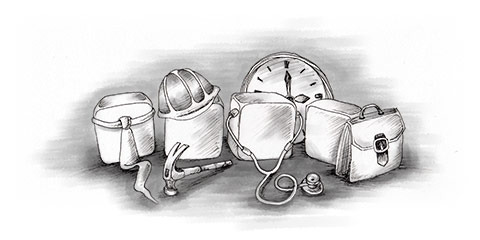Making sure your resume is correct, succinct and well written will be a big help in the application process and may help you obtain a personal interview. The Philippine application system is similar to that of the USA in that they prefer a resume over a more European style Curriculum Vitae (CV). Job applications usually consist of the following:
- Covering letter explaining why you are suitable for the particular role
- Resume
- Any certificates you have that support your application
- Passport
Resume
Your resume should include information such as previous employers and experience including the dates you worked there. It should be in chronological order with your most recent position first. Keep it clear and specific when talking about your duties and try to use action words to attract the attention of potential employees. Remember they may read hundreds of resumes for any one position so make yours stand out. Highlight your accomplishments but keep it less than 3 pages. Add your educational information and qualifications that are relevant to the position you want. A photo isn’t necessary but some companies prefer it, if you want to add a picture of yourself do so in the top right-hand corner. Ensure that it is a passport-style photograph.
Interview
Once you have sent out your resumes hopefully you will move on to the next stage in the application process, the interview.
Depending on the type and size of the company the interview style will vary. There may be a group interview first followed by an individual one if you pass the group stage. You may be interviewed by several people on a panel or just by one person. Whatever the set-up it is important to be as prepared as possible.
Dress professionally, for men that means a shirt and trousers, not jeans, and for women a blouse and either skirt or trousers. Many professionals in the Philippines don’t wear a full suit, even executives, due to the temperatures. For women who are wearing a skirt it’s important to always wear pantyhose.
Punctuality is vital, even in the Philippines where time is measured in a very leisurely way, it is best to be on time for your interview.
Finally, after your interview it is good etiquette to send a thank you note, thanking the interviewer for seeing you. This doesn’t have to be long, but it shows you know how to conduct yourself in a business setting.

